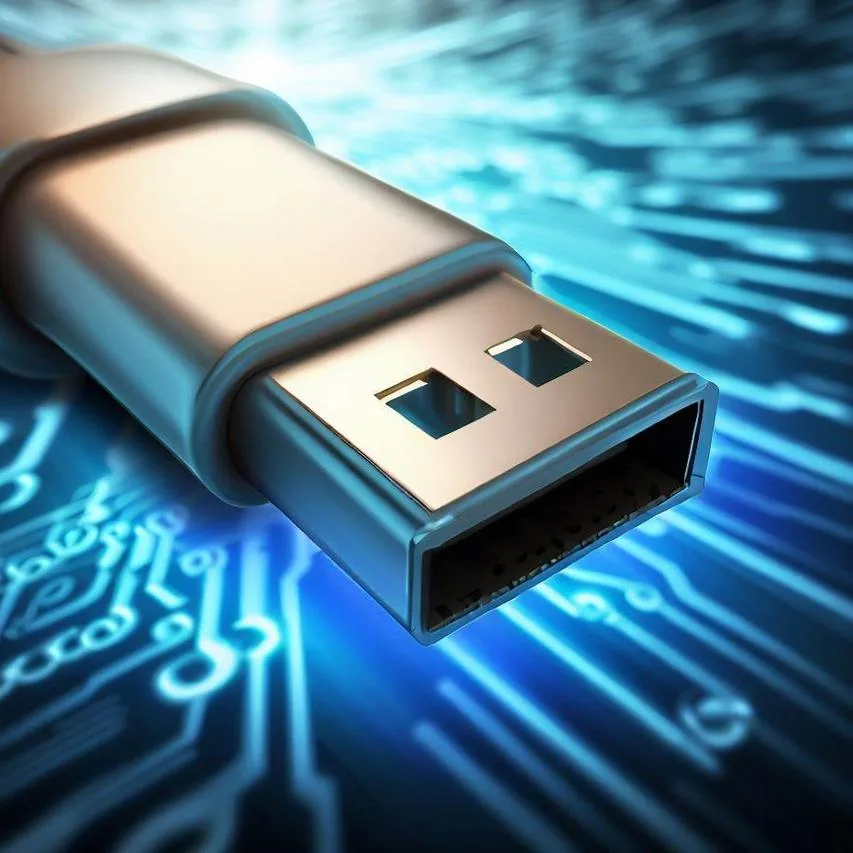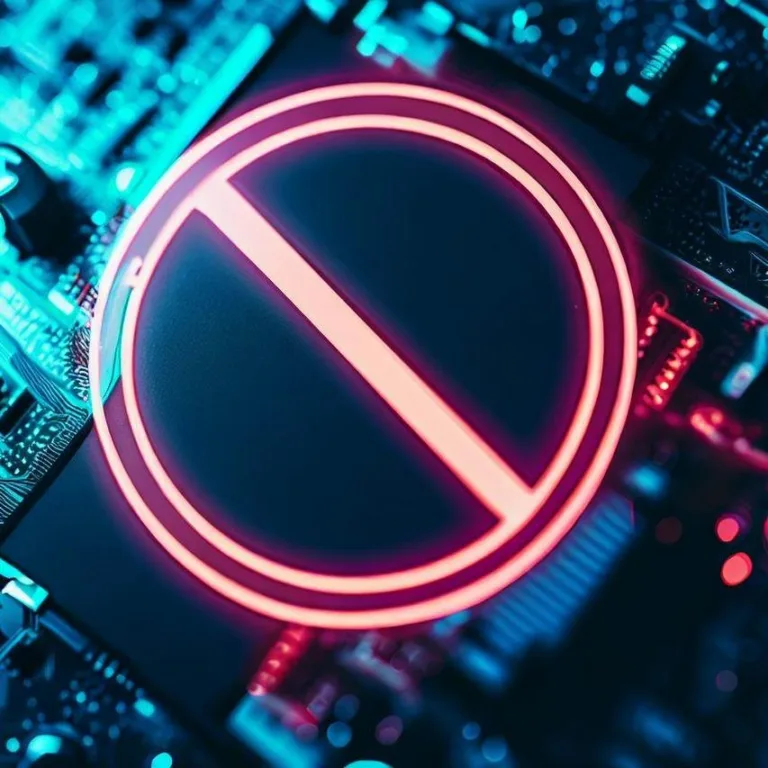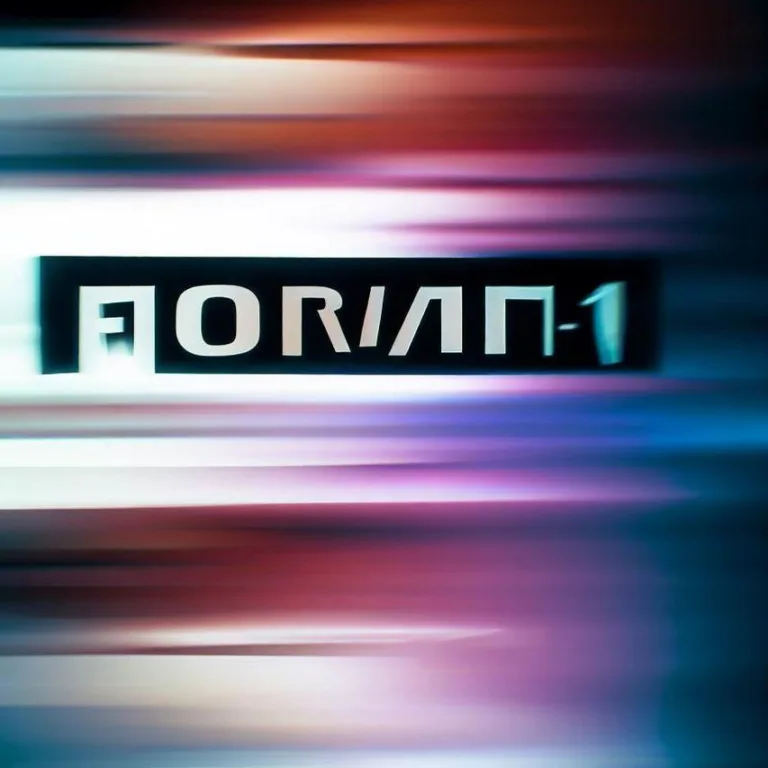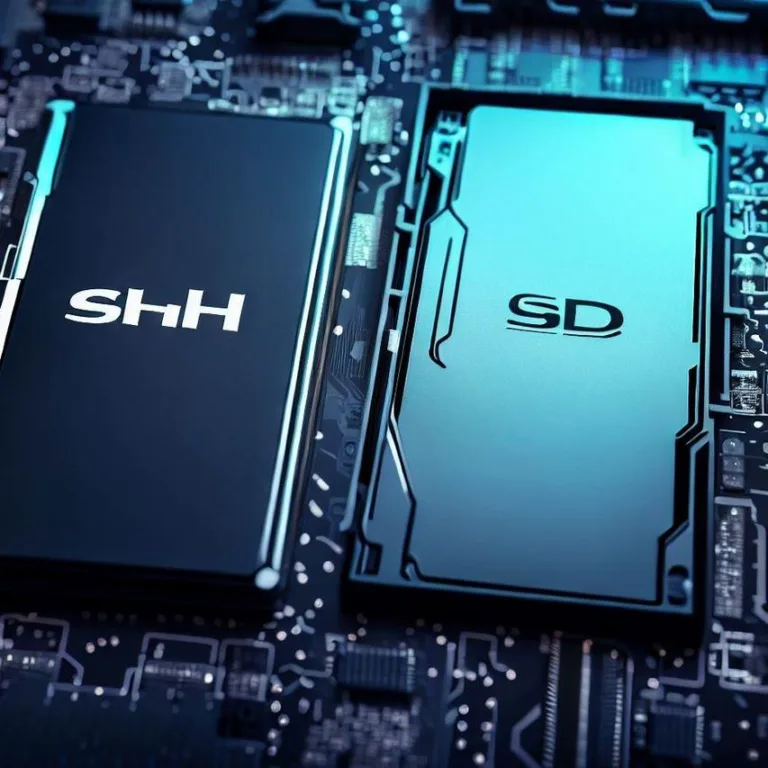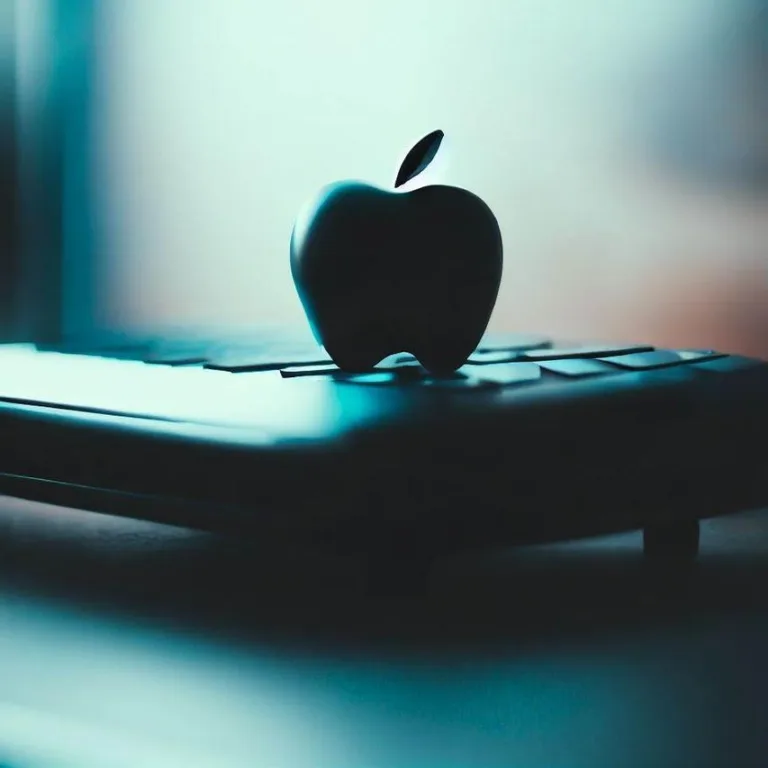Welcome to our comprehensive USB wiki! In this article, we will delve into the world of Universal Serial Bus (USB) technology, exploring its history, types, applications, and much more. USB has become an integral part of our daily lives, powering the connectivity of various devices. Let’s dive into the details of this versatile technology.
Understanding usb technology
USB, or Universal Serial Bus, is a standard technology that facilitates the connection and communication between computers and peripheral devices. It was developed to simplify the process of connecting various devices, such as printers, keyboards, mice, storage devices, and more, to computers and other host devices.
The Evolution of USB
The USB technology has evolved over the years, leading to different generations of USB connectors. The journey began with USB 1.0, offering data transfer rates of up to 12 Mbps. Subsequent iterations, including USB 2.0, USB 3.0, USB 3.1, and USB 3.2, introduced faster data transfer speeds and improved power delivery capabilities. The USB-C connector, known for its reversible design, has become a standard in modern devices.
Types of usb connectors
USB connectors come in various shapes and sizes, each serving specific purposes. Some common USB connectors include:
- USB-A: Found on most computers, used for connecting devices like keyboards and mice.
- USB-B: Used for connecting printers and other larger devices.
- Micro USB: Commonly used in older smartphones and various other portable devices.
- USB-C: A versatile connector with a reversible design, offering fast data transfer and power delivery.
Micro USB: A Closer Look
Micro USB connectors gained popularity due to their small size and widespread use in smartphones, tablets, and other devices. They offered a convenient way to charge and transfer data between devices. However, with the advent of USB-C connectors, micro USB connectors are gradually being phased out in favor of the newer standard.
Applications of usb technology
The applications of USB technology are vast and varied. Some notable uses include:
- Charging: USB cables are widely used for charging smartphones, tablets, smartwatches, and other portable devices.
- Data Transfer: USB enables the quick transfer of files between devices, making it essential for data storage and backup.
- Peripheral Connectivity: Keyboards, mice, printers, scanners, and other peripherals connect to computers via USB.
- Audio and Video: USB technology supports audio interfaces, webcams, and external displays.
Future Developments
The USB technology continues to evolve. USB 4.0, for instance, promises even faster data transfer speeds and enhanced capabilities. As technology advances, we can expect USB to play an integral role in connecting and powering the devices of the future.
Frequently Asked Questions (FAQs)
Q: Is USB-C compatible with older USB standards?
A: Yes, USB-C connectors are designed to be compatible with older USB standards using appropriate adapters or cables.
Q: What are the advantages of USB-C over other connectors?
A: USB-C offers a reversible design, faster data transfer speeds, and higher power delivery, making it a versatile choice for modern devices.
Q: Can I use a USB-C port for both charging and data transfer?
A: Absolutely! USB-C ports support both charging and high-speed data transfer, making them incredibly versatile.
Conclusion
In conclusion, USB technology has revolutionized the way we connect and communicate with devices. From its humble beginnings to the latest USB-C connectors, this technology continues to shape the digital landscape. Whether it’s charging our devices, transferring data, or connecting peripherals, USB remains an essential part of modern technology.

